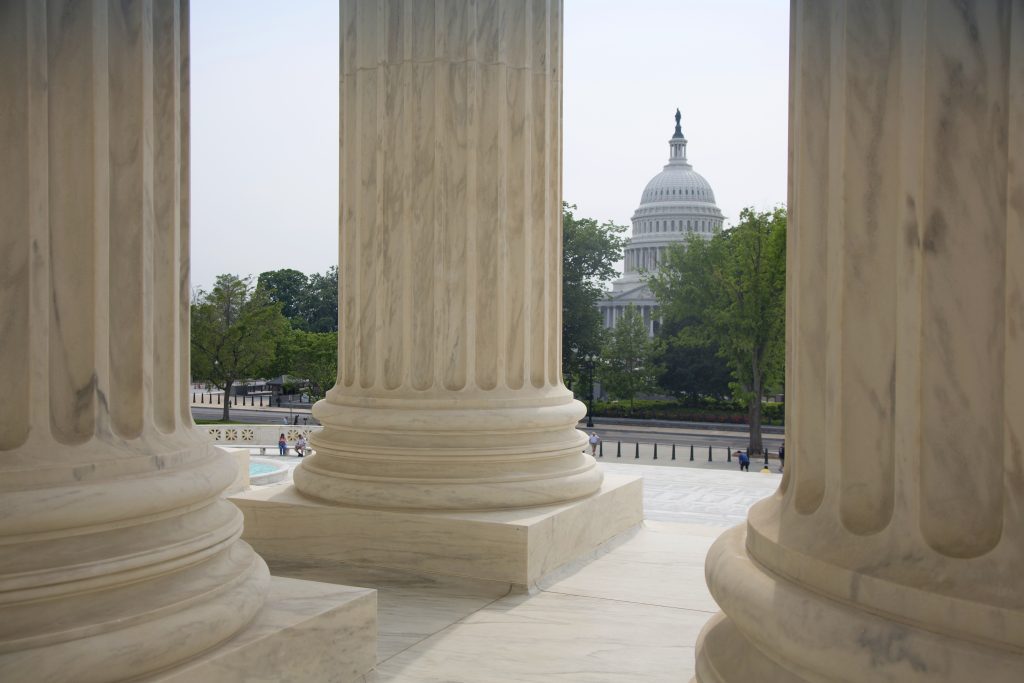Triple-I Responds to SEC’s Proposed Climate-Risk Disclosure Requirements

Creating a new layer of federal oversight would neither enhance nor standardize the climate-related disclosures U.S. insurers make to investors, Triple-I said in a letter to the U.S. Securities and Exchange Commission (SEC).
Triple-I’s letter responded to the SEC’s request for public comment on its proposed rulemaking, “The Enhancement and Standardization of Climate-Related Disclosures for Investors.”
“The U.S. property and casualty industry supports and can play a constructive role in advancing transparency around weather- and climate-related risks,” Triple-I CEO Sean Kevelighan and Chief Insurance Officer Dale Porfilio wrote. “Indeed, as financial first responders, insurers have a strong ethical and financial interest in facilitating the transition to a lower-carbon economy and in promoting resilience during that transition.”
But adding a new layer of federal oversight to the existing regulatory structure would complicate insurer operations “while providing little to no benefit toward reducing greenhouse gas emissions and adapting to near-term conditions and perils,” the letter said.
The U.S. insurance industry is regulated in more than 50 jurisdictions, receiving more governance and regulatory oversight than any other type of financial service. More than 80 percent of insurers’ investments are in fixed-income – mostly municipal – securities.
“The SEC’s effort overlaps significantly with those of other entities,” Kevelighan and Porfilio wrote, mentioning the National Association of Insurance Commissioners (NAIC) and the states that regulate insurance, as well as the Treasury Department’s Federal Insurance Office (FIO). “Assessing Scope 3 emissions would be particularly onerous for insurers due to the fact that they cover diverse personal and commercial assets and activities, over which they have no control – further, there is currently no accepted methodology for insurers to measure their underwriting-related Scope 3 emissions, which makes the SEC’s proposed requirement premature for our industry.”
Scope 3 emissions are the result of activities from assets neither owned nor controlled by the reporting organization, according to the U.S. Environmental Protection Agency (EPA).
Triple-I recommended that the NAIC climate risk disclosure survey serve as the primary reporting regime for all insurers, allowing for consistent enforcement across ownership structures (public, private, and mutual) while avoiding unnecessary complexity and expenses.
“Property and casualty insurers are no strangers to climate and extreme-weather risk. We may not always have talked about the issue in those terms, but our industry has long had a financial stake in the issue. Consider the fact that insured losses caused by natural disasters have grown by nearly 700 percent since the 1980s and that four of the five costliest natural disasters in U.S. history occurred over the past decade.The industry is committed to disclosure of climate-related exposures, as such information will be integral to insurers’ ability to accurately and reliably underwrite such risks and make better-informed investment decisions,” Kevelighan and Porfilio wrote.
Learn More:
Report: Policyholders See Climate as a ‘Primary Concern’
Climate Risk Is Not a New Priority for Insurers
A Push for Better Building Codes as Catastrophe Losses Mount
Widening and Deepening the Conversation on Climate Risk and Resilience





